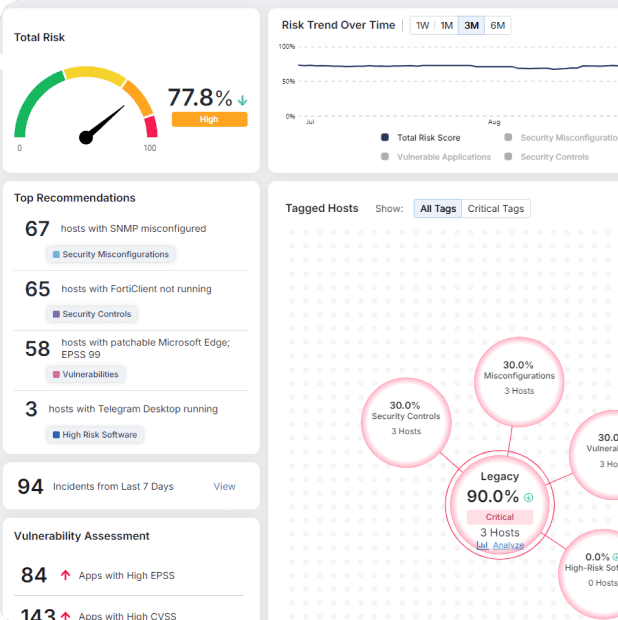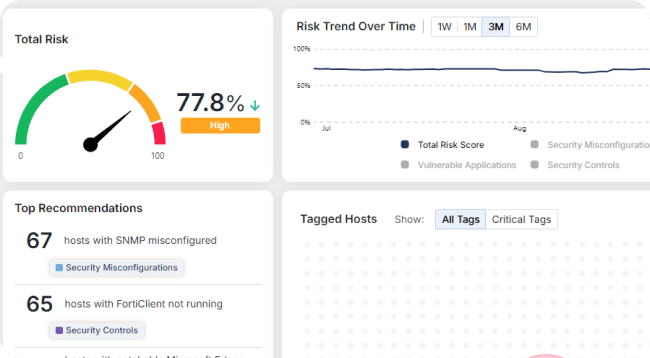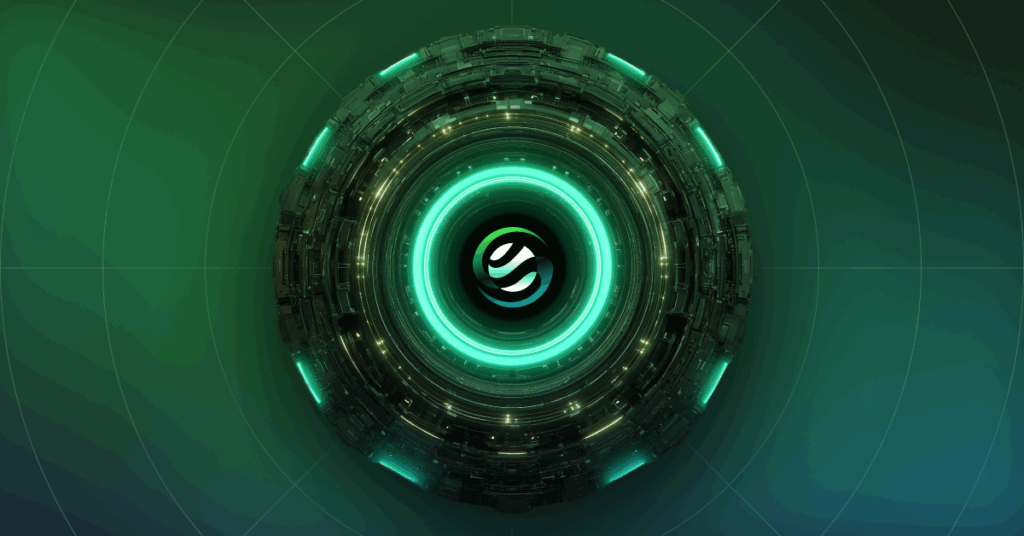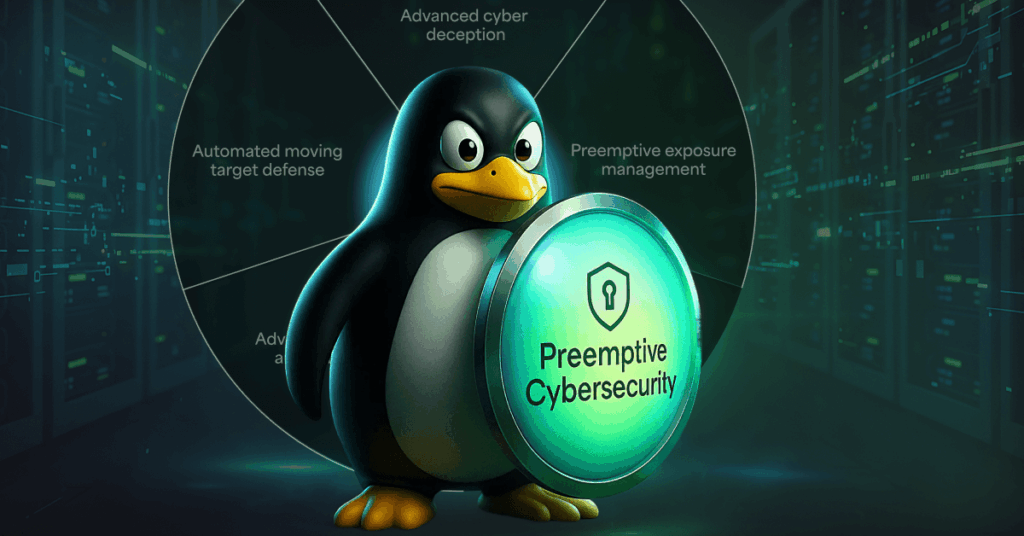Why Preemptive Security Is Now Mission Critical for U.S. Infrastructure Sectors
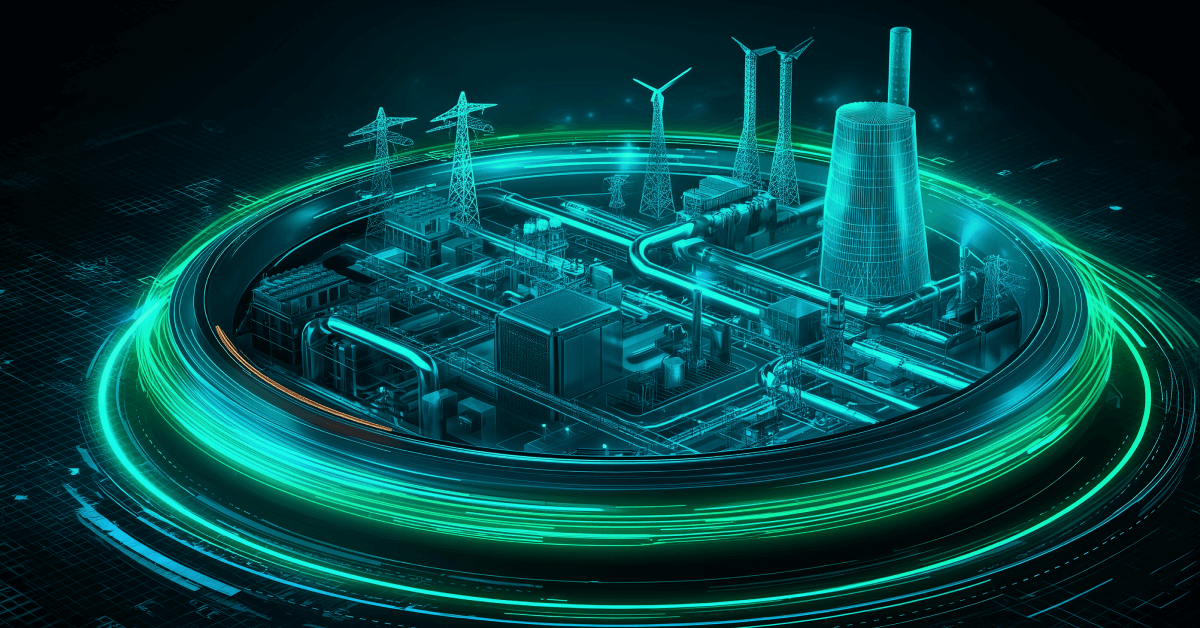
Critical U.S. infrastructure is under sustained siege from increasingly sophisticated cyberattacks.
Ransomware groups and nation-state actors alike are targeting the lifelines of American society—water, energy, healthcare, and transportation—with alarming frequency.
The FBI’s Internet Crime Complaint Center (IC3) reported a 9% year-over-year rise in ransomware attacks against U.S. critical infrastructure in 2024, with overall cybercrime losses hitting $16.6 billion. These aren’t just digital heists—they’re operational shocks that disrupt communities, threaten public health, and destabilize the economy.
The uncomfortable truth?
Traditional “detect and respond” security models can’t keep pace. Preemptive, deception-based defenses are now mission critical.
The Rising Tide of Infrastructure Attacks & The Expanding Threat Landscape
Water and Utilities Under Fire
In January 2024, Russian-linked hackers gained access to municipal water systems in Texas, manipulating controls at a Muleshoe facility and overflowing a water tank. Related attempts were discovered in nearby Hale Center and Lockney. While operators were able to switch to manual controls, the incident revealed how thin the margin of error is in safeguarding critical OT systems.
That wasn’t an isolated case.
Check Point reported a 70% surge in cyberattacks on U.S. utilities in 2024, with threat actors exploiting programmable logic controllers (PLCs) and human-machine interfaces (HMIs) that run water and wastewater facilities.
Healthcare at a Breaking Point
Few sectors have felt the crushing weight of ransomware like healthcare.
- Change Healthcare (Feb 2024): A ransomware attack disrupted nationwide pharmacy claims and prescription processing. The company paid a $22 million ransom, with recovery costs now exceeding $2.4 billion—the largest healthcare data breach on record.
- Ascension Health (May 2024): A ransomware incident forced hospitals across multiple states into manual downtime procedures, affecting 5.6 million patients.
These crises weren’t just financial—they endangered patient care, safety, and trust.
Transportation and the Automotive Supply Chain
In June 2024, ransomware crippled CDK Global, the software backbone for nearly 15,000 auto dealerships in the U.S. and Canada. The outage forced dealers into manual sales and service processes, halting business operations and underscoring how deeply the economy relies on third-party infrastructure providers.
Why Attacks Are Growing More Sophisticated
Today’s adversaries are moving faster and hitting harder, often bypassing the very tools designed to stop them.
- Hybrid IT/OT kill chains: Threat actors enter through phishing or remote service exploitation, then pivot laterally into operational technology.
- Trustwave 2025 data: Energy and utility ransomware attacks rose 80% year-over-year, with 84% initiated by phishing and 96% exploiting remote services.
- Third-party concentration risk: SaaS platforms like Change Healthcare and CDK Global became single points of failure, showing how cascading disruption can ripple across entire industries.
- Nation-state influence: Groups tied to geopolitical adversaries are no longer content with data theft—they’re aiming for operational disruption.
The Cost of a Reactive Approach
Every second counts when critical infrastructure goes down:
- Hospitals revert to pen and paper, delaying lifesaving care.
- Water systems rely on manual valves and pumps, risking contamination or shortages.
- Transportation systems grind to a halt, disrupting supply chains and mobility.
These attacks carry multi-billion-dollar price tags, but the hidden costs—erosion of trust, regulatory scrutiny, reputational damage—are even greater.
Detection-driven security stacks simply can’t keep up with attackers who innovate faster than defenses can adapt.
Why Preemptive Security Is Mission Critical
Detection is too late. Once ransomware executes or attackers achieve lateral movement, the damage is done.
Critical infrastructure operators need defenses that:
- Stop unknown techniques before execution.
- Neutralize adversaries inside the environment without alert fatigue.
- Shield high-value assets like patient records, OT controls, SQL databases, and domain controllers from exploitation.
This is where preemptive defense and deception technologies come into play. Advanced deception technologies like Automated Moving Target Defense (AMTD) turn the battlefield against attackers:
- Create traps and decoys—servers, files, and credentials that look authentic but lure adversaries into a dead end.
- Deny lateral movement—attackers can’t escalate privileges or pivot deeper into the network.
- Operate silently—no flood of alerts, no analyst burnout, just proactive risk elimination.
Morphisec’s Anti-Ransomware Assurance Suite harnesses these principles to protect organizations across IT and OT environments. By stopping ransomware and advanced attacks before they execute, it fills the gaps left by traditional detection-based solutions.
The Urgency of Now
The pattern is clear: attacks on infrastructure are escalating in volume, sophistication, and impact. Waiting to detect them after they’ve breached defenses is a gamble the U.S. cannot afford.
Preemptive security isn’t optional—it’s mission critical.
For CISOs, IT leaders, and infrastructure operators, the path forward is adopting solutions that harden identity, isolate critical assets, and derail ransomware before it can take hold. Download the Anti-Ransomware Assurance Checklist to see how your organization stacks up—and how you can build a preemptive defense strategy that safeguards your most critical services.
Stay up-to-date
Get the latest resources, news, and threat research delivered to your inbox.










